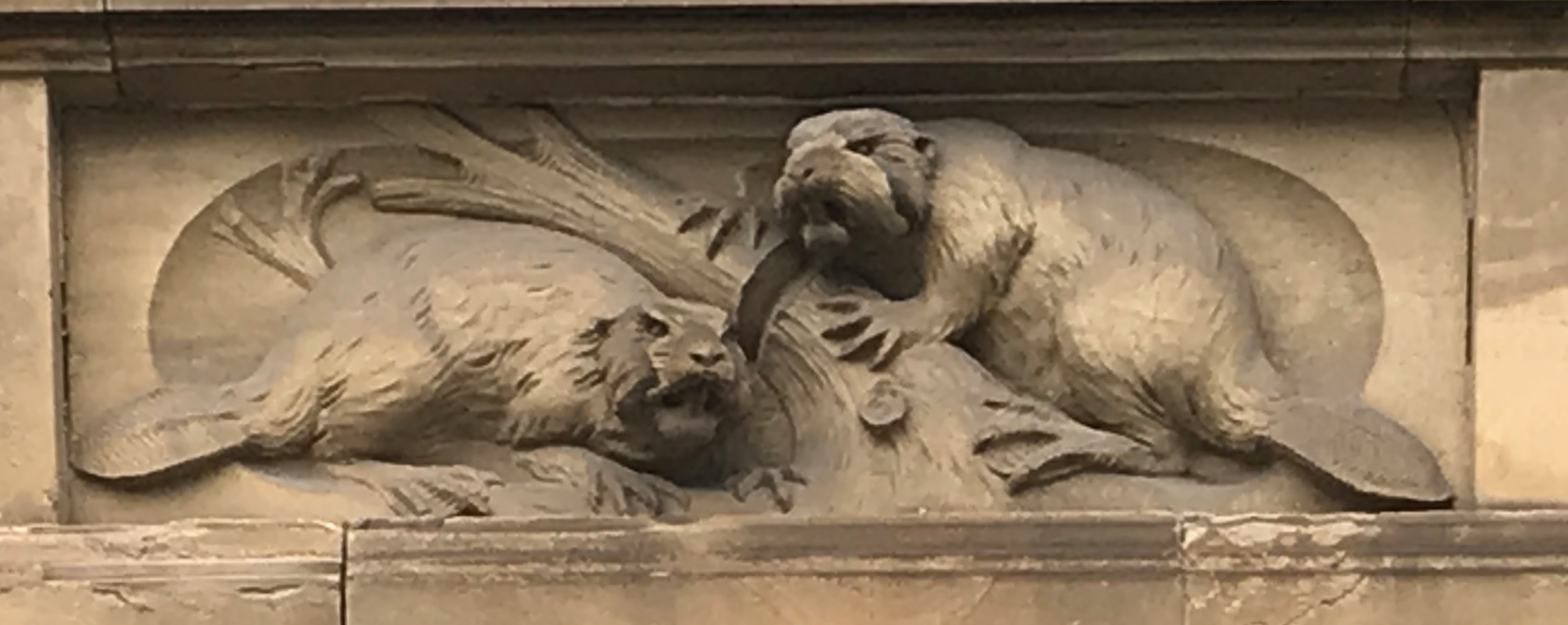In which Sid and Doris visit the Museum of the History of the Federal Republic and go to a Ruhr city.
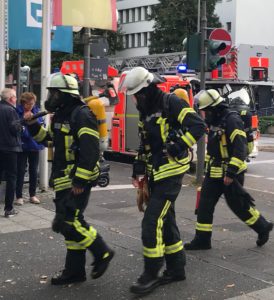 The morning starts with a fire alarm and we mingle, at a distance, with guests out in the street while the Feurwehr comes to the rescue. A van comes, the Polizei come and then three proper fire engines with big ladders and excellent kit set out in tidy containers. The fire axes are especially covetable. There is no fire but this does give us a chance to see how few travelers there are. Sid and Doris then sit in their Living Apartment to have the breakfast bought in town yesterday.
The morning starts with a fire alarm and we mingle, at a distance, with guests out in the street while the Feurwehr comes to the rescue. A van comes, the Polizei come and then three proper fire engines with big ladders and excellent kit set out in tidy containers. The fire axes are especially covetable. There is no fire but this does give us a chance to see how few travelers there are. Sid and Doris then sit in their Living Apartment to have the breakfast bought in town yesterday.
As mentioned, the hotel is usefully sited on Museum Mile and the Museum of the History of the Federal Republic is just a short way past the Natural History Museum. The keen zoologists who set this up commissioned decoration featuring the bravest, cleverest, and above all, widest-awake members of the animal kingdom. And once they’d done that they included a patently fictitious picture of some beavers.
The MHFR sets out the history of the country after the war. It shows the millions of displaced people, the privations of trying to live in a country which has had its infrastructure and housing destroyed. As if that was not bad enough the Victorious Powers (largely Soviet Union and France) started to take up what was left of the factories and railways and ship them home. The US Morgenthau Plan would have deprived the country of any industry that would support re-armament, shutting the mines and steelworks to leave an agrarian economy. Herbert Hoover (yes, the ex-president) calculated this would lead to 25 million Germans starving to death. Besides, who would buy all the stuff America could now produce if Europe had no money?
After a little while the Americans and British worked out that they would be better off with Germany as a fine strong ally between them and the Russians. The four year Marshall Plan kicked in; the countries not in the Soviet zone were rebuilt with $15bn from the US and enjoyed the Trente Glorieuses and the Economic Miracle. Russia refused aid on behalf of its captives, with Walter Ulbricht offering the GDR extra doses of Uncle Joe’s collectivisation. Cheers.
The museum then charts the parallel lives of the GDR and Bundesrepublik covering the Berlin airlift, the 1953 uprising in the East and then the diverging standards of living. West German TV could be picked up in the East so life amidst the Socialist cornucopia could easily be compared with the lot of the sufferers under the social market economy. In the end we see Leipzig, Danzig and the Hungary/Austria border and all sing the Ode to Joy which is quite moving. (Beethoven was born in Bonn.) The museum narrative is quietly non-triumphalist.
Given the overall topic of the museum our #kindnessandingenuity quest was never going to find rich pickings, but contenders include:
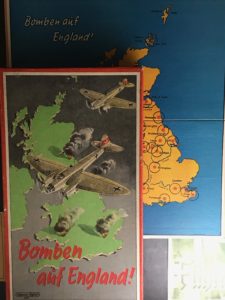 A board game where you aim to bomb Britain. Just to remind us that there are children on both sides of a war.
A board game where you aim to bomb Britain. Just to remind us that there are children on both sides of a war.
 A film of a very handy newly-developed microcar which has the benefit that you can pick it up to park it (or, more likely, if it breaks down or if you run out of petrol).
A film of a very handy newly-developed microcar which has the benefit that you can pick it up to park it (or, more likely, if it breaks down or if you run out of petrol).
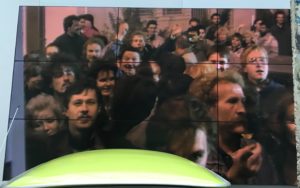
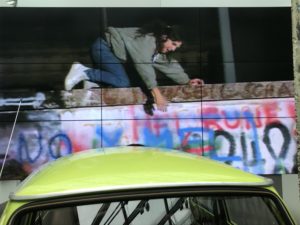
Footage of the fall of the Berlin Wall showing some genuinely ecstatic people along with border guards who are just smiling and giving up.
 Sid and Doris take the main roads through the thriving Ruhr to Essen. The centre of Essen was 90% destroyed. The church and its crypt survived, otherwise the buildings are in a style ‘post war ordinary’ and the people appear to be in a style we haven’t seen elsewhere in Germany, ‘North German unemployed’.
Sid and Doris take the main roads through the thriving Ruhr to Essen. The centre of Essen was 90% destroyed. The church and its crypt survived, otherwise the buildings are in a style ‘post war ordinary’ and the people appear to be in a style we haven’t seen elsewhere in Germany, ‘North German unemployed’.
After an early and unexpectedly brisk Thai dinner we search for somewhere to get a drink. Our recommendation: the Essen Motel One Lounge is the place to go for atmosphere and service. Yup, best place in town. [The photo is of the crypt, not the Lounge – D.]
